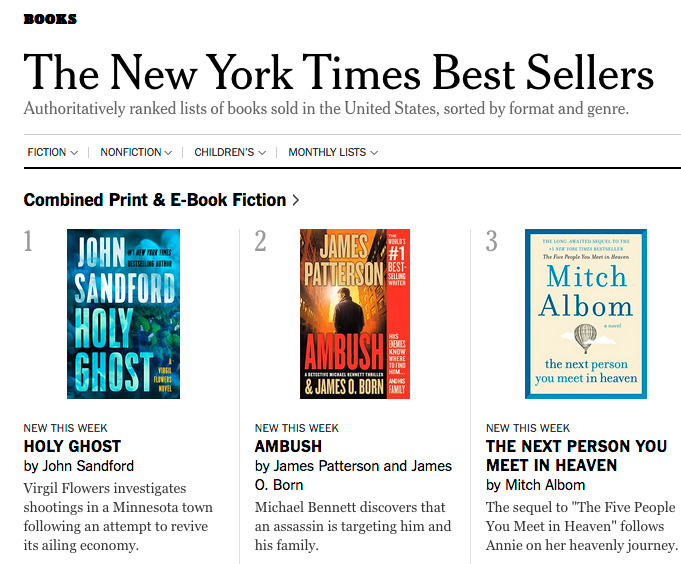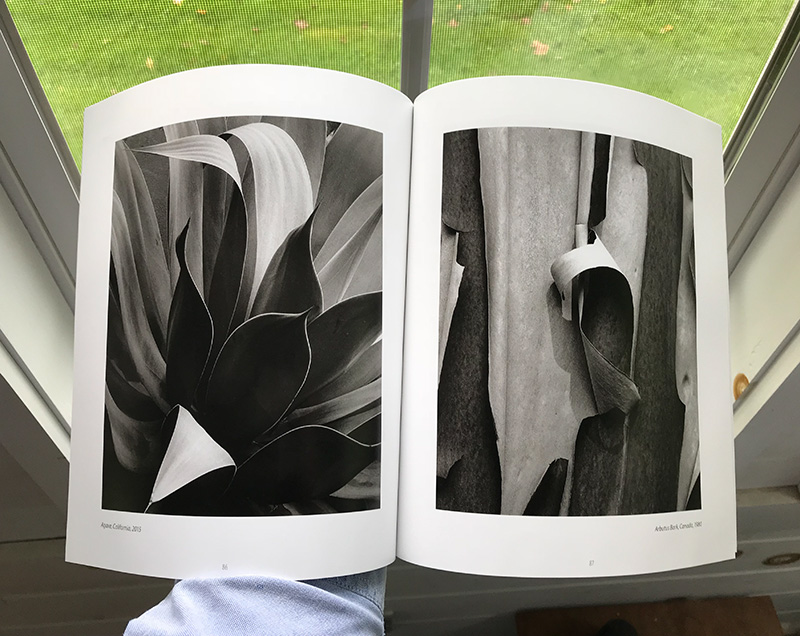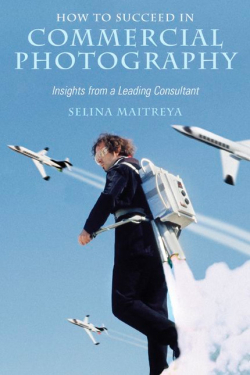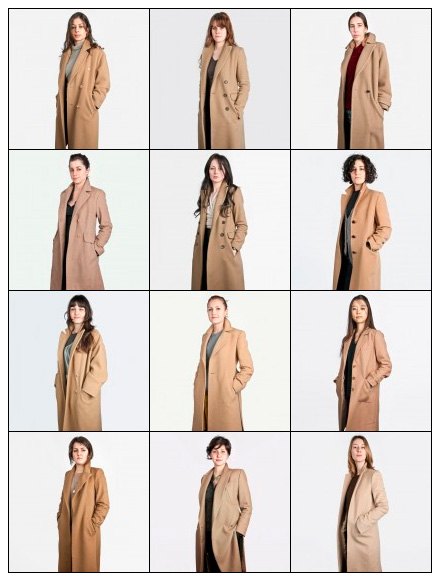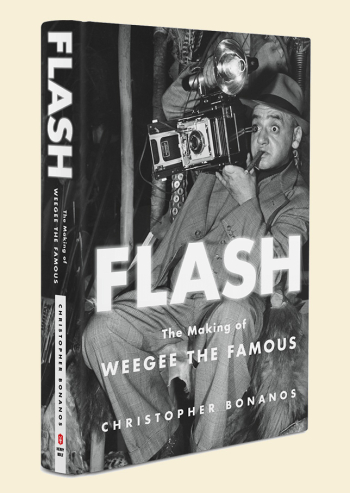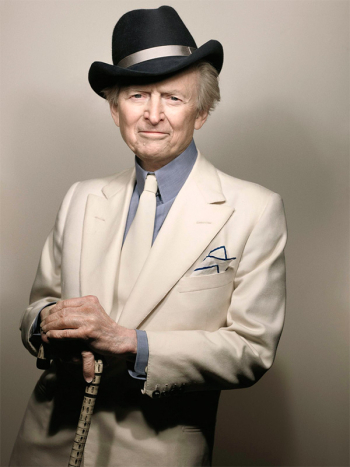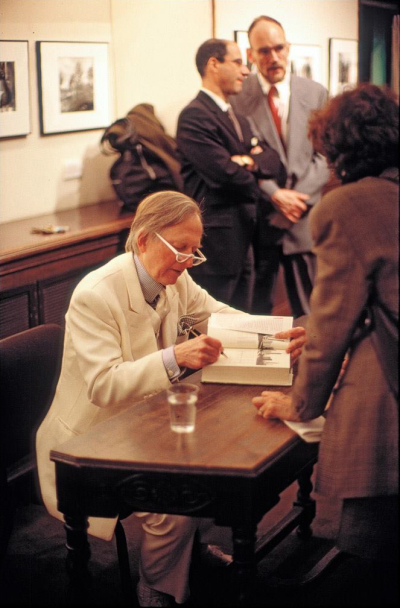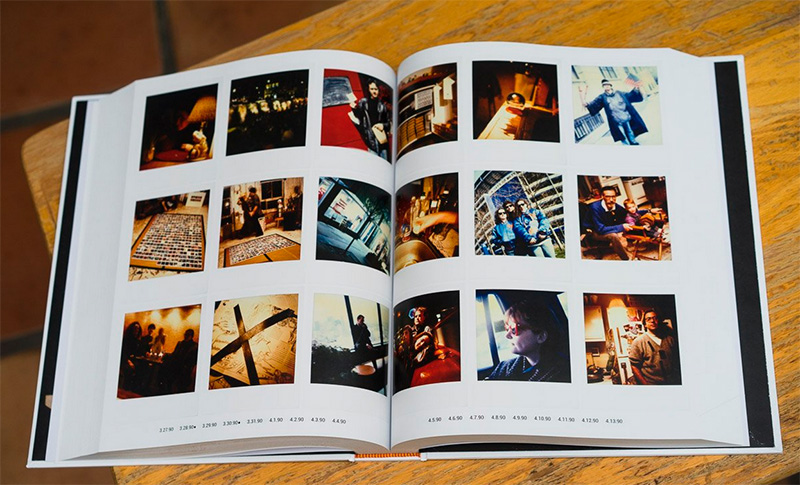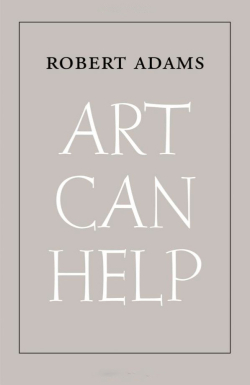Forgive the possible paranoia—it's election day in the U.S., and we have a clash of different cultures in this country at present. (The book American Nations by Colin Woodard is a readable and entertaining deconstruction of this that I recommend—if you read only one book about North America and the U.S., these days that should probably be it. But I digress.)
...So paranoia aside, as I was saying, maybe it has become time to keep in mind that Apple is now a direct competitor of the entire camera industry. I said directly. Indirectly, does that mean it's becoming antagonistic to established photographic culture as it's been practiced for the past 70 years or so?
The signs are small as yet. Exhibit one: it killed its own Aperture app—aimed at, and useful to, people like us. What, couldn't they afford to keep it going? Exhibit two: I don't remember where off the top of my head, but an Apple spokesman recently corrected an interviewer to claim that Apple is the number one camera manufacturer in the world. Exhibit three: there's no SD card slot on the new Mac Minis.
It's tempting—a little too tempting—to explain that last in conspiracy-theory fashion, by suspecting that Apple is relegating people who use "old style," unconnected, large-sensor, interchangeable-lens cameras (ILCs) to the purgatory of using a dongled card reader that takes up a port because...well, Apple no longer likes or approves of the likes of us, nor does it wish to support us.
We're the competition? We should be using our Apple cameras (AKA iPhones) like other good citizens?
I mean, I do. My iPhone is firmly ensconced in my camera kit and in my daily practice. But I also use my Fujis and Panasonics and my full-capability photo editing programs (like, um, Aperture was) and my Epson printer. But maybe Apple no longer supports me or my creative life.
If so, that's a long, loooong way from the original stated Jobsian mission of the Mac, which was to enable creative people to create. Ordinary everyday non-computer-geek creative people. And I know whereof I speak there too: the Apple Macintosh was what enabled me to become a writer in the first place, period, back when the Orwellian hero hurled the hammer at the huge screen image of Big Brother. In my little study on a locked corridor in the stacks of Baker Library at Dartmouth, I literally cut up paper manuscripts and taped the pieces to the wall to reorganize written works, and laboriously retyped short story manuscripts again and again to revise them. Then along came the Mac and let me do in minutes what used to take me hours. I honestly seriously doubt I would be a writer today if it weren't for the v.1 128k Mac I used in 1984 and the seventeen or so Macs I've owned or used since.
I'd hate to think that the now-mighty juggernaut wants the likes of us to wither up and go away. Who would be the Big Brother then, hmm?
Dyspeptic musings? Maybe. I'll probably feel better after the election's over. You might have to give me a week or three.
Mike
Original contents copyright 2018 by Michael C. Johnston and/or the bylined author. All Rights Reserved. Links in this post may be to our affiliates; sales through affiliate links may benefit this site.
(To see all the comments, click on the "Comments" link below.)
Featured Comments from:
C.R. Marshall: "The book recommendation reminds me of The Nine Nations of North America by Garreau."
Mike replies: Yes, you're right, it's a direct descendant of Joel Garreau's 1982 book, and builds on and updates it.
Matt Anderson: "It’s interesting how differently the same facts can be framed. That Apple wishes to be seen as a camera manufacturer and has invested so much in computational photography and democratizing the taking and sharing of pictures could be seen to indicate that it is the biggest ally we have. Big-name Apple executives (like Phil Schiller) are reported to be photography nuts like us, using DSLRs and digital medium format as avid hobby photographers.
"More evidence? The latest iPad Pro just announced may be the best photo-editing computer (and value on a cost per image computing cycle) ever, and its introductory keynote and ads featured Photoshop, Lightroom, and connection to DSLRs prominently.
"While I’d prefer to see the SD card slot continue (and it does in the iMacs), Apple’s focus on portability could be seen as a miscalculation about what Pros need and/or a bad forecaster about the direction of storage, and not an overt war on independent photography.
"The narratives we put around facts to give them meaning to us make up so much of how we see the world. Maybe that’s something useful to remember as we hear the election results tonight? (Whatever the results and whatever your leanings.)"
MikeK (partial comment): "I'm not sure Apple hates us, so much as it just doesn't care that much. Leaving off SD card slots and USB ports might be seen as an echo of the decision to leave a floppy drive out the original iMac (which might seem prescient now, but there weren't really any other options in removable storage back then).
"What really proves their ambivalence to me, though, is found on the bottom of my mouse. On my old work Mac (2011 vintage) when the batteries died, I needed only swap them out for another set of (rechargeable) AAs. On its replacement, the batteries are non-removable and it must be charged via the propietary USB cable, which plugs into the bottom of the mouse, thus rendering it completely unusable when being charged. They could have put it on the front, but no, that would compromise the aesthetics by about 0.01%. It wouldn't be so bad if the OS gave more than about five minutes warning of the mouse's paucity of power....
Mike replies: It's pretty indulgent, that form-over-function thing they do. But I also like a lot of things about it, for instance the insistence on simplicity.
Yonatan K: "From the very beginning, the Jobsian ethos was to let creative people create...as long as they did it in the way that Apple thought best. Just to be clear—I am now fully entrenched in the Apple gear-o-sphere, but I didn't cross over to the dark side until OS X made its debut precisely because the previous OS was an inflexible black box: it was the Apple way or nothing. This principle hasn't really changed; Apple has just gotten better at covering all the bases (except the ones that they don't want you to use anymore). Rant over."
Scott Symes: "I am unhappy about the SD card slot going away too but.... Maybe you should consider it from the other side. Let's say the traditional camera manufacturers are failing us. Why are they not doing more to build connected devices in this age of constant connectivity? Snapbridge, Fuji Cam Remote, etc...NOPE. This is not what is needed. This is the traditional camera manufacturers being hostile to us. Build us the cameras that connect with the rest of the digital image ecosystem. This is overdue."
Michael Perini: "I don't think Apple hates us. It's just that traditional enthusiast/professional photography is seen by them as an increasingly irrelevant niche.
"When they killed Aperture after recruiting professionals to build their business on it, it was still one of the most popular App store Downloads. Apple's model is iPhone pictures stored on Apple's servers. They view dedicated stills cameras as dinosaurs. Apple has been right about an awful lot of things, and they may be right about this too. But that doesn't make it any easier for those of us who prefer traditional photography and like to be able to upgrade their own computers. They look at traditional camera companies with their lack of connectivity as dead men walking. They may be right about that too.
"So while they don't hate us, they are not going even a tiny bit out of their way to accommodate us. Even their choice of the fairly obscure P3 Video Projector Gamut and color space was a message—the Adobe RGB and ProPhoto RGB folks can do it our way, or buy a PC.
"PC's had 10 bit color workflows four years before Apple.
"I have been using Macs since 1985; I doubt I'll change, but I remember a time when the creative community were their only customers. I think we deserve better even if our pursuits are not 'cutting edge.'"
Joe Holmes: "I won't offer any opinion whatsoever on your crazy, paranoid, delusionary psycho-rant, but I will note that I dearly loved Apple's Aperture and I miss it like crazy. The interface was vastly superior to Lightroom (which makes me feel claustrophobic); it let me scroll thumbnails at top speed unlike Capture One, and, with one exception, its interface was smooth. The counterexample: allowing unmodified letter keys to perform actions rather than standard command-keys. I don't know how many times I thought I was typing a keyword but accidentally ended up typing a whole string of commands which I then had to try to undo. I've been using Capture One for more than a year now—it's the closest thing out there to Aperture—and I still miss Aperture all the time."
Mike replies: Made me laugh.
Ed Hawco: "I am in a constant emotional loop with Apple innovations: Outrage > Ambivalence > Acceptance > Approval. Then the next innovation resets me back to outrage.
"A classic example is the move from the original iPhone connector to the Lightning connector. It just seemed so pointless and manipulative. Now I'm in awe at the Lightning connector and how universal and useful it is. I suspect I'll go the same route with the SD slot. From Apple's point of view, it probably seems silly to build an SD slot into the unit when probably only 5% of Mac Mini users need an SD slot. Those in the 5% can buy a dongle! Or they can use the SD slot that is built into many monitors. In my case, I rarely use my 2012 Mac Mini's SD slot because it's hard to reach (due to the unit's placement on my desk). My Dell monitor has one right there on the side, within easy reach, so that's where I go.
"Hey look, I don't even have a 2018 Mac Mini yet and I've already gone through the outrage loop!"
T. Edwards: "While it's true that paranoid people do, in fact, sometimes have enemies out to get them, I think there's another explanation here. Apple dropped the card slots from all (I think) of its laptops, too. Along with old-style USB ports, HDMI ports, etc. Now you have to get dongles and adapters. I think the purpose is to jettison everything possible to free up space inside and make products smaller overall.
"I use the SD card slot on my 2103 era MacBook Pro all the time, but I have had friends who own other Macs ask me—what's that little slot for? So they never use SD cards. I would guess that there are enough people out there who either a.) don't care at all about this or b.) will buy adapters. Apple isn't alone in this. I've been eyeing the new Lenova Yoga 930—a fantastic thin, light, laptop/tablet—and it, too, just has to USB-C (I think) ports.
"As for Aperture, my uneducated guess is that keeping that going and doing raw converters for new generations of cameras and dealing with the kvetching of photographers was just not worth the time. I mean, when you are selling $1,000 phones like hotcakes, why do you want to task employees to do low-return work on a photo editing program?"


